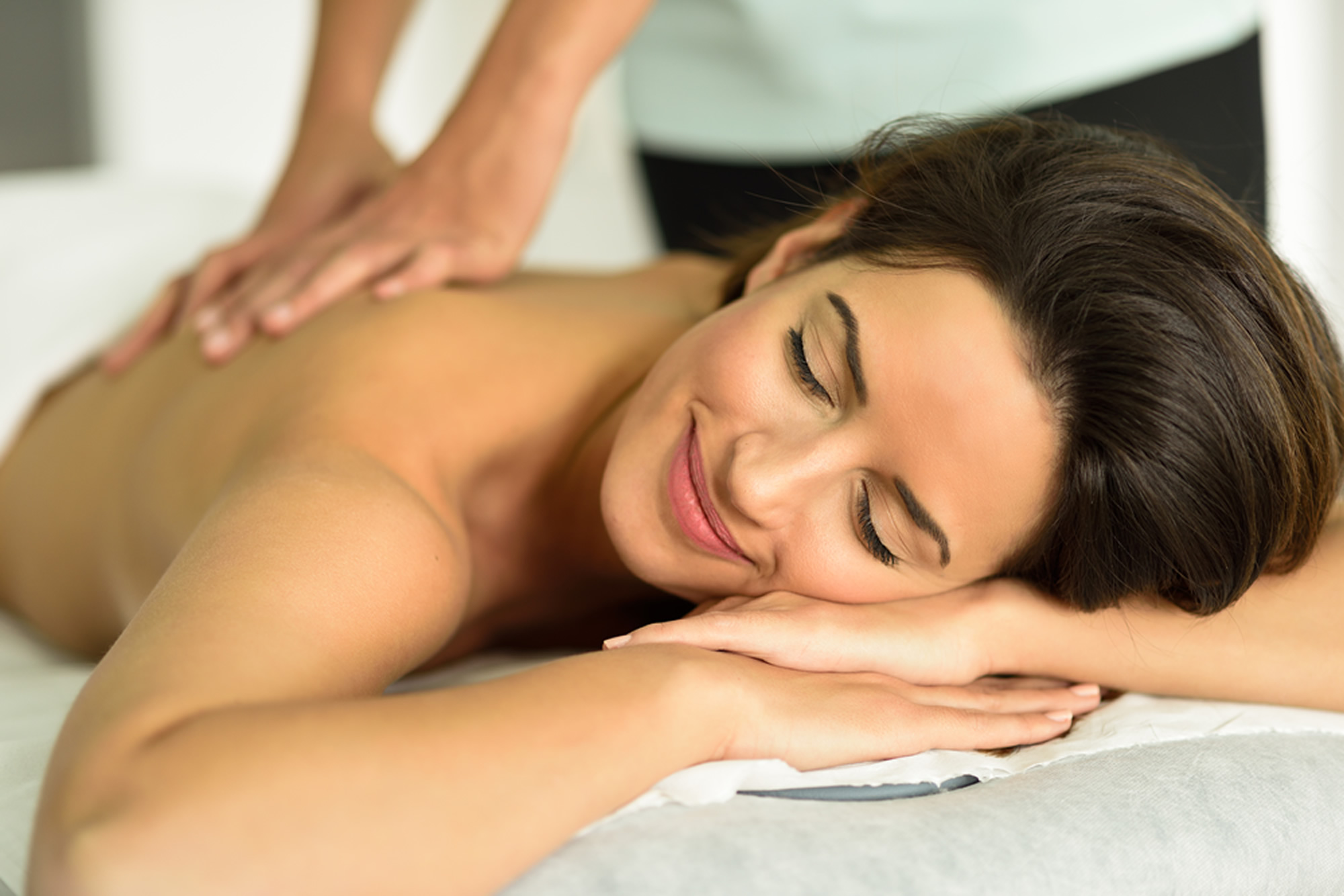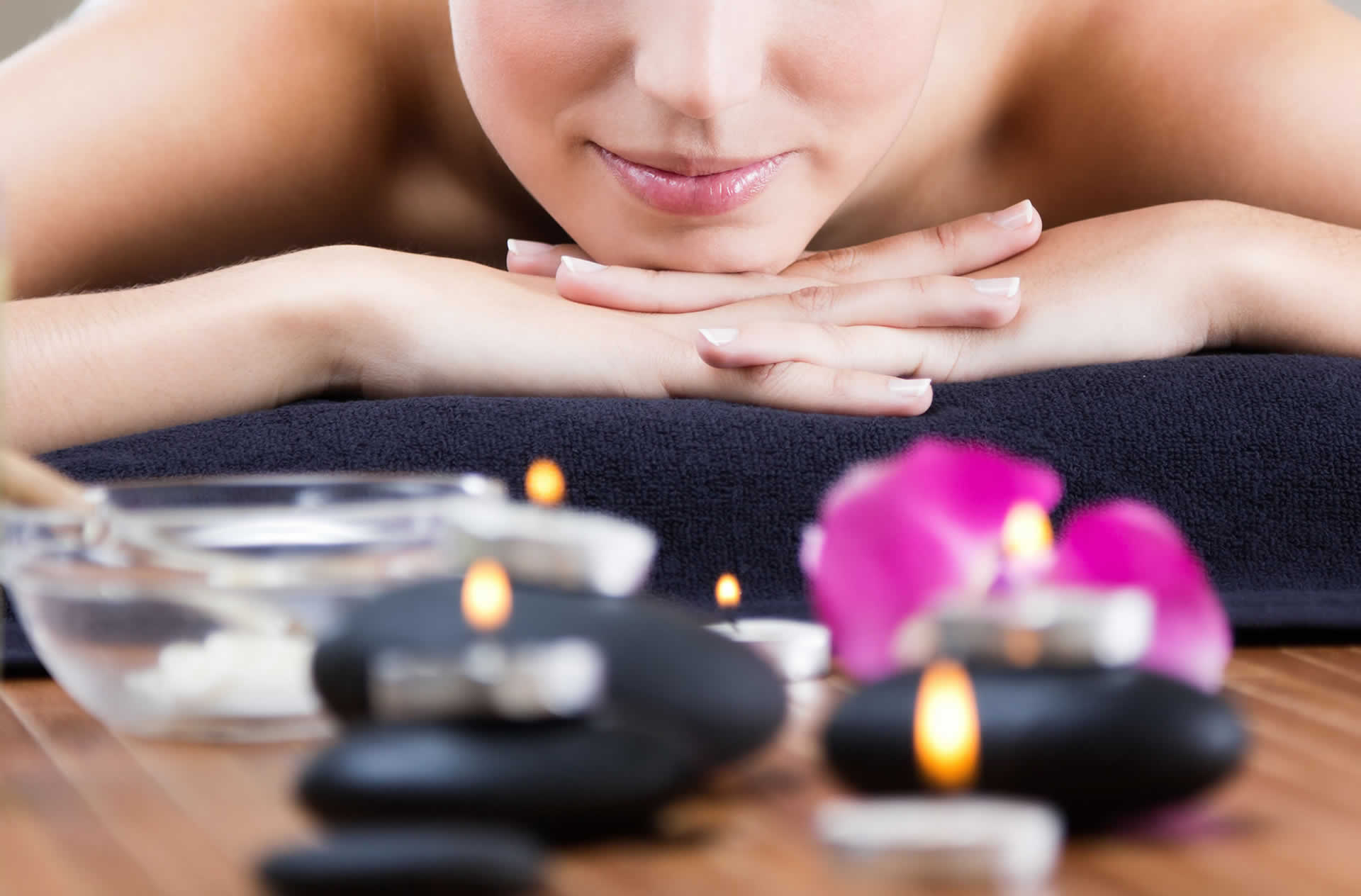You will encounter many different forms of massage depending where around the world you travel. However in this modern age, you can probably find all significant forms of massage within a close proximity.
[vc_row][vc_column][vc_column_text]About 8.8 percent and 7 percent of the population, respectively, engage in these forms of complementary and alternative medicine. And rightfully so as each offers patients some distinct benefits. For instance, research has found that massage can help reduce pain associated with certain medical conditions, such as chronic low-back pain, osteoarthritis of the knee, and fibromyalgia. Massage therapy has also been connected with lower rates of various mental health conditions, some of which include depression, anxiety and stress. Chiropractic offers patients many benefits as well, with the American Chiropractic Association stating that these include lowering pain associated with acute and chronic back and neck conditions, as well as easing the severity and duration of reoccurring headaches. In fact, in many cases, the benefits provided by chiropractic care have been found to be greater than those associated with traditional medical interventions. It is reasons like these that compel some DCs to incorporate massage into their chiropractic practices, combining the two in an effort to strengthen the results. One way they do this is with massage roller tables. Massage roller tables a ‘yes’ “Rolling massage tables are a great adjunct to have in a chiropractic office,” says Todd Goldman, DC, of Total Chiropractic Care & Wellness in Medford, New York. “I have been in practice for 22 years and have had them in my offices since I started in private practice,” he says, adding that use of these tables helps increase the spaces between patients’ vertebrae, thus taking pressure off nerve roots. Goldman uses these tables for patients with neck, middle and lower back pain, disc pain, or pinched nerves, but adds that they help injured patients too. “The spinal ligaments and muscles tend to be tight trying to protect the body when we are injured,” he says. “The table will stretch and loosen the spine, increasing circulation and speeding up the rate of healing after an injury.” While Goldman feels that most patients benefit from the use of a massage roller table, leaving them “feeling great” and with improved range of motion, there are some he doesn’t use the table on. This includes those who’ve had recent surgery or severe pain in which getting off the table might be a problem. All in all, Goldman feels that “a rolling massage table can only benefit a chiropractic office and helps the chiropractic patient hold their adjustment.” A true advocate for this approach, other DCs report having more mixed results. Massage roller table benefits unclear For instance, Alex Tauberg DC, CSCS, CCSP, EMR, of Tauberg Chiropractic in Pittsburgh, Pennsylvania, shares that he added a massage roller table to his new practice “with the hope that it would add more to my patient experience.” His goal was to use the table as a supplement to his myofascial work; however, not all of his patients have found the table a positive experience. “Some patients really enjoy the roller table,” says Tauberg, “while others have not been too wild about it and view it as nothing more than a waiting room.” That being said, Tauberg also adds that none of his patients have reported “outright hating the table.” He does find it helpful in certain conditions though. For example, Tauberg says “the table can be useful for patients with a lot of hypertonic and tender muscles.” But he does bypass table use it if a patient has an acute condition. With more of a mixed feeling toward the use of massage roller tables in a chiropractic setting, there are still other DCs say that massage roller tables are a definite no. Here’s what two of them had to say as to why. Massage roller tables a ‘no’ “I don’t use one,” says Corinne Weaver, DC, author of the Amazon bestseller Learning How to Breathe. Weaver states that, instead, she’s found that having patients simply rest and deep breathe for 10 minutes post-adjustment is enough to help them hold their adjustment better. Another reason Weaver doesn’t use massage roller tables is that some are “too rough and they are not specific for what the patient needs,” she says. Instead, she prefers to use a massage therapist, indicating that this option is “1,000 times better” than a bed. Christopher Stepien, DC, founder of Barefoot Rehabilitation Clinic in Denville, New Jersey, agrees that massage roller tables are a no, but for different reasons. “In my opinion, chiropractors are better than that,” says Stepien. Stepien cites that, as a profession, DCs “have the opportunity to help way more people who aren’t currently being helped by the current medical system.” Stepien adds that the only way to do that is by “up-leveling the standard for diagnosis and the treatment of stubborn pain conditions. Nowhere on a chronic pain patient’s diagnosis chart is a problem that requires a massage roller table. So, do massage roller tables serve a true purpose in a chiropractic setting? It appears that the answer to that question is as individual as the tables themselves.[/vc_column_text][/vc_column][/vc_row]







Leave a Reply
You must be logged in to post a comment.